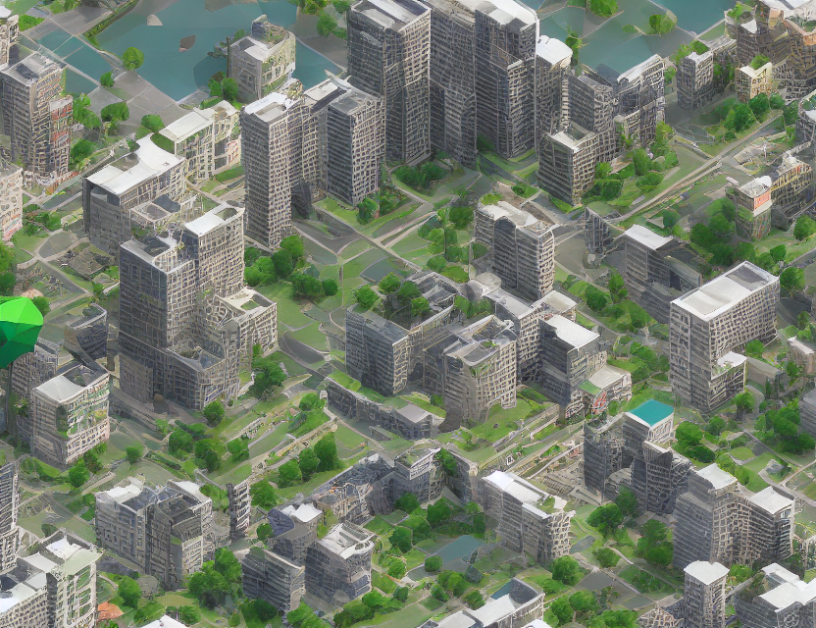In this article, the authors propose a new approach to text-to-image synthesis called "Semantic Panel," which helps bridge the gap between text and image. The Semantic Panel is a workspace that represents all visual concepts in an image, allowing the model to understand the relationships between objects, colors, and shapes. By incorporating the panel, the model can translate text into a more accurate and diverse image.
The authors define two sub-tasks for text-to-image synthesis: text-to-panel and panel-to-image. The first task involves generating a semantic panel that represents all visual concepts in an image, while the second task involves generating an image from the panel. The model is trained on a large dataset of image-text pairs, which helps it comprehend visual concepts better, especially for more detailed attributes like colors.
The authors propose using a transformer-based architecture to generate images from the semantic panel. This allows the model to understand the relationships between objects and colors in the image, leading to more accurate and diverse results. They also introduce a new training technique called "diffusion-based semantic image editing" that improves the performance of the model.
The authors evaluate their approach on several benchmark datasets and show that it outperforms existing text-to-image models. They also demonstrate the versatility of their approach by applying it to various tasks, such as generating images of objects, scenes, and styles.
In summary, the Semantic Panel approach offers a new way to bridge the gap between text and image in text-to-image synthesis. By representing all visual concepts in an image and training the model on a large dataset, the approach leads to more accurate and diverse results. The use of transformer-based architecture and diffusion-based semantic image editing further improve the performance of the model.
Computer Science, Computer Vision and Pattern Recognition
Enhancing Image Captioning with Dataset Augmentation and Attention Mechanisms



